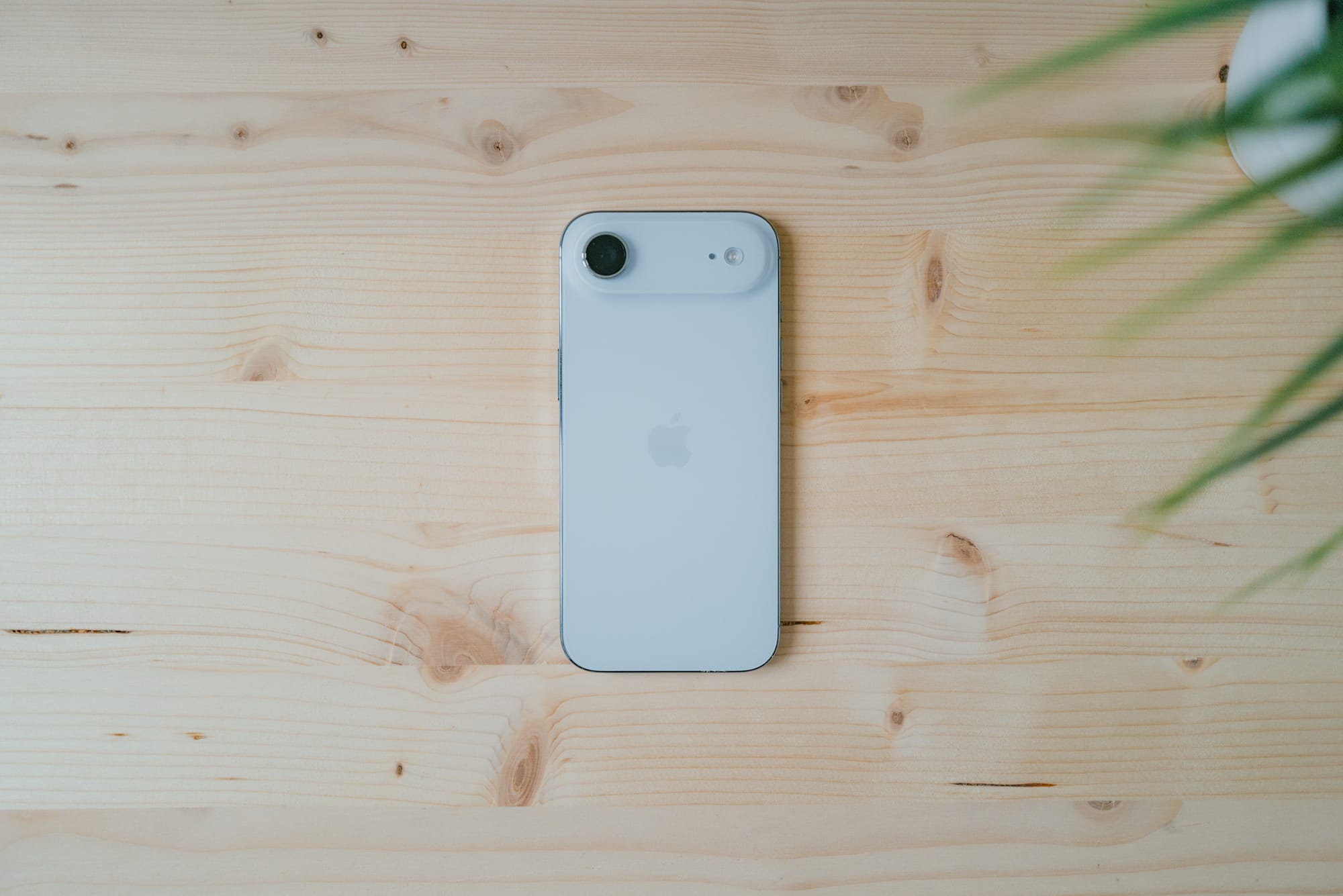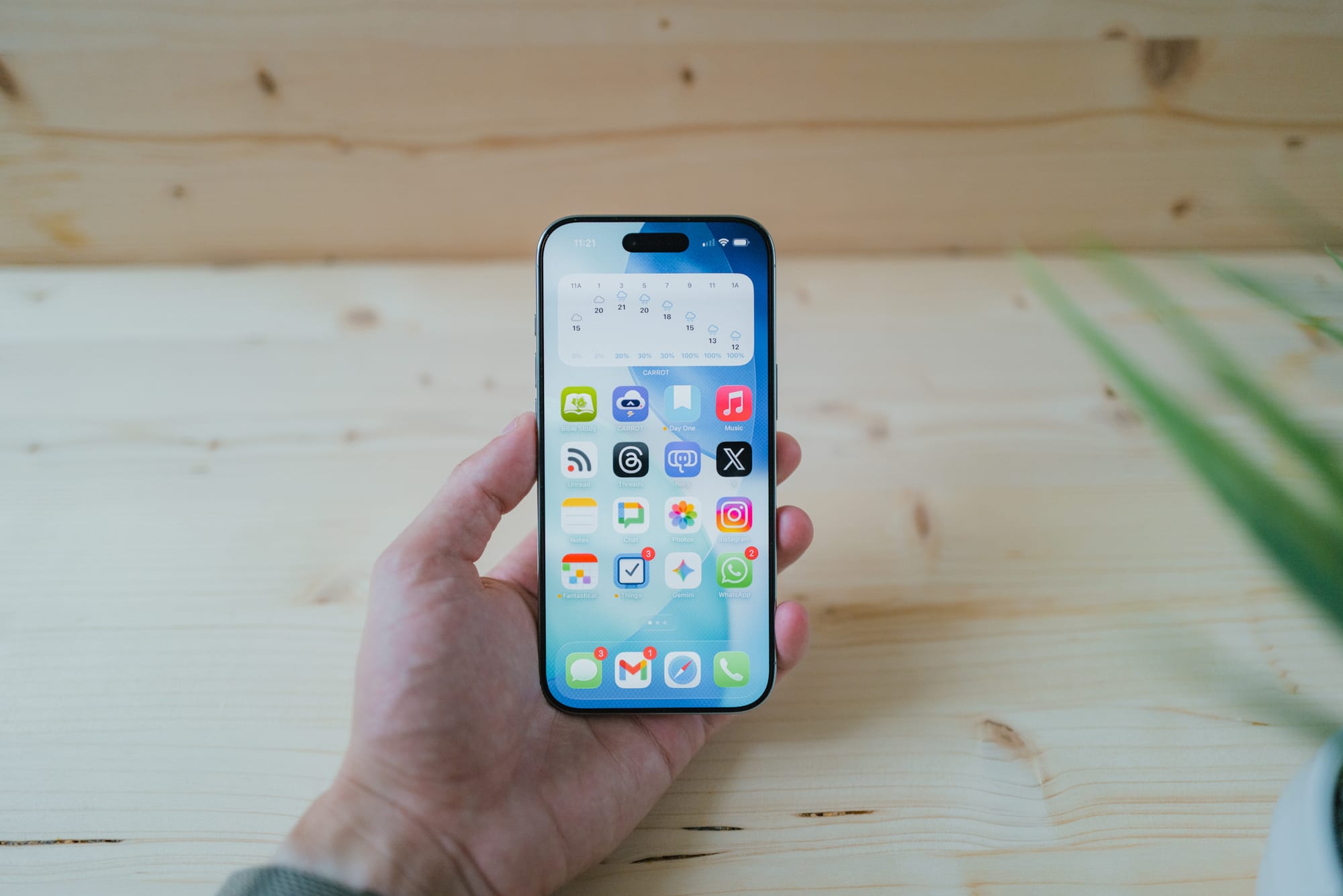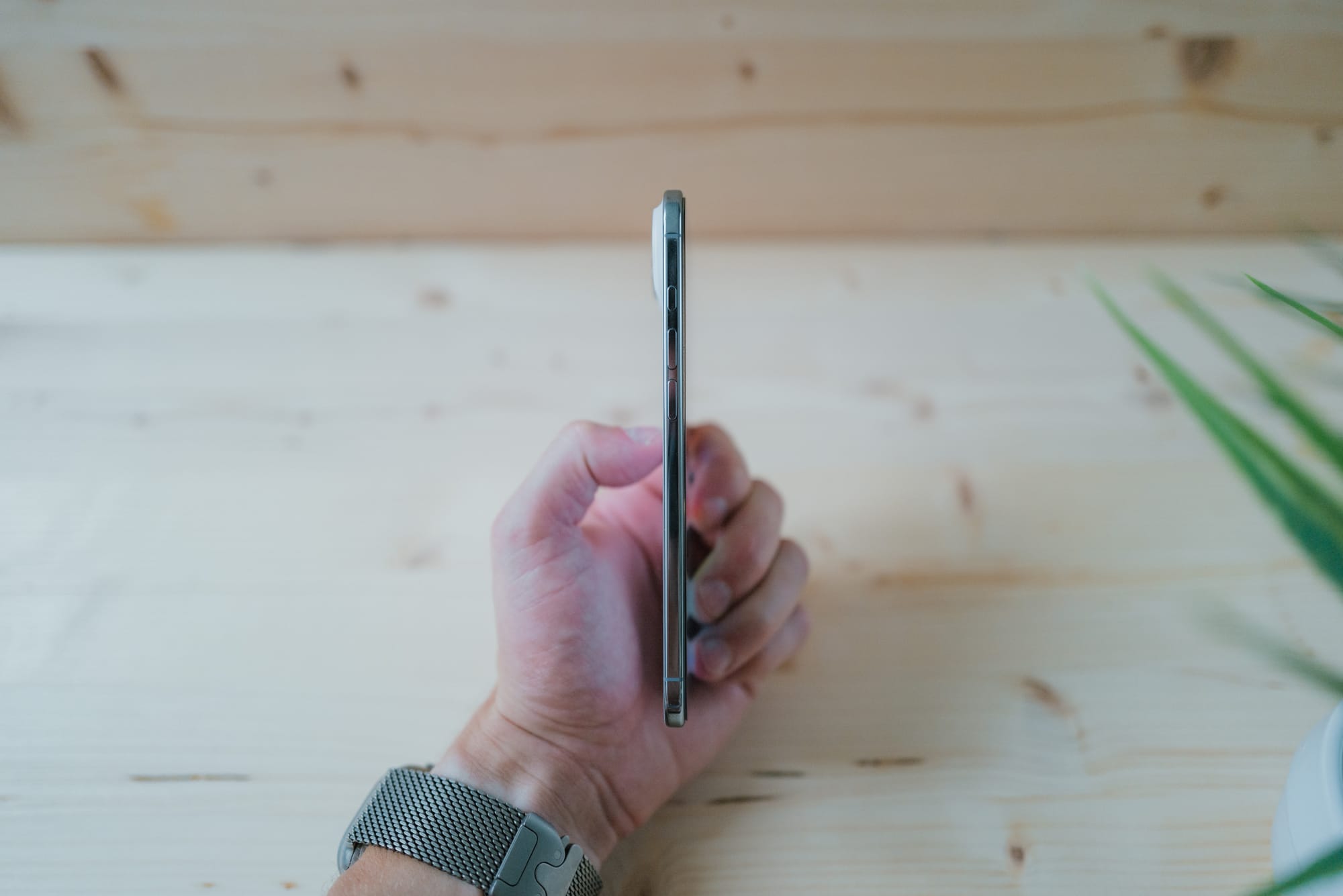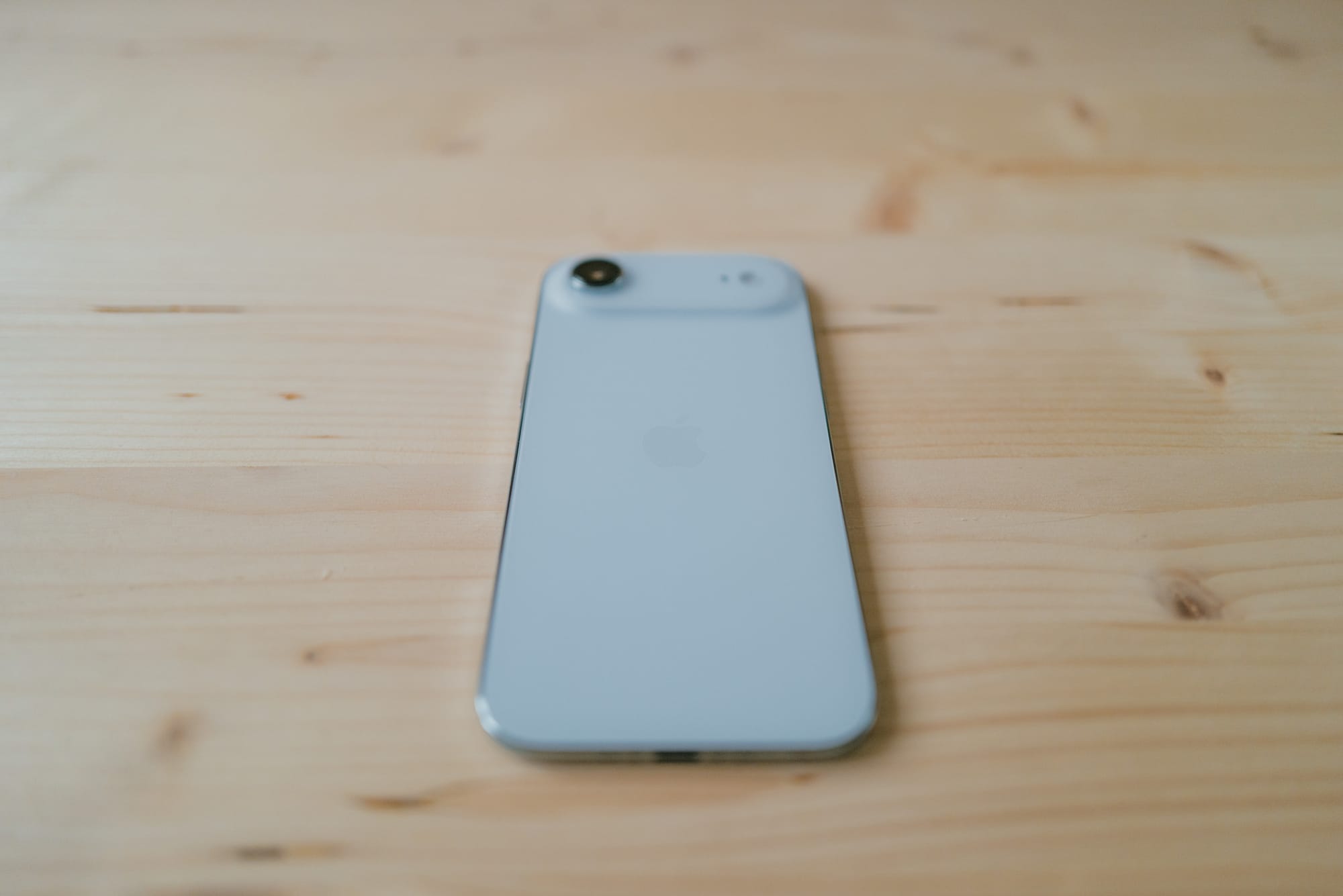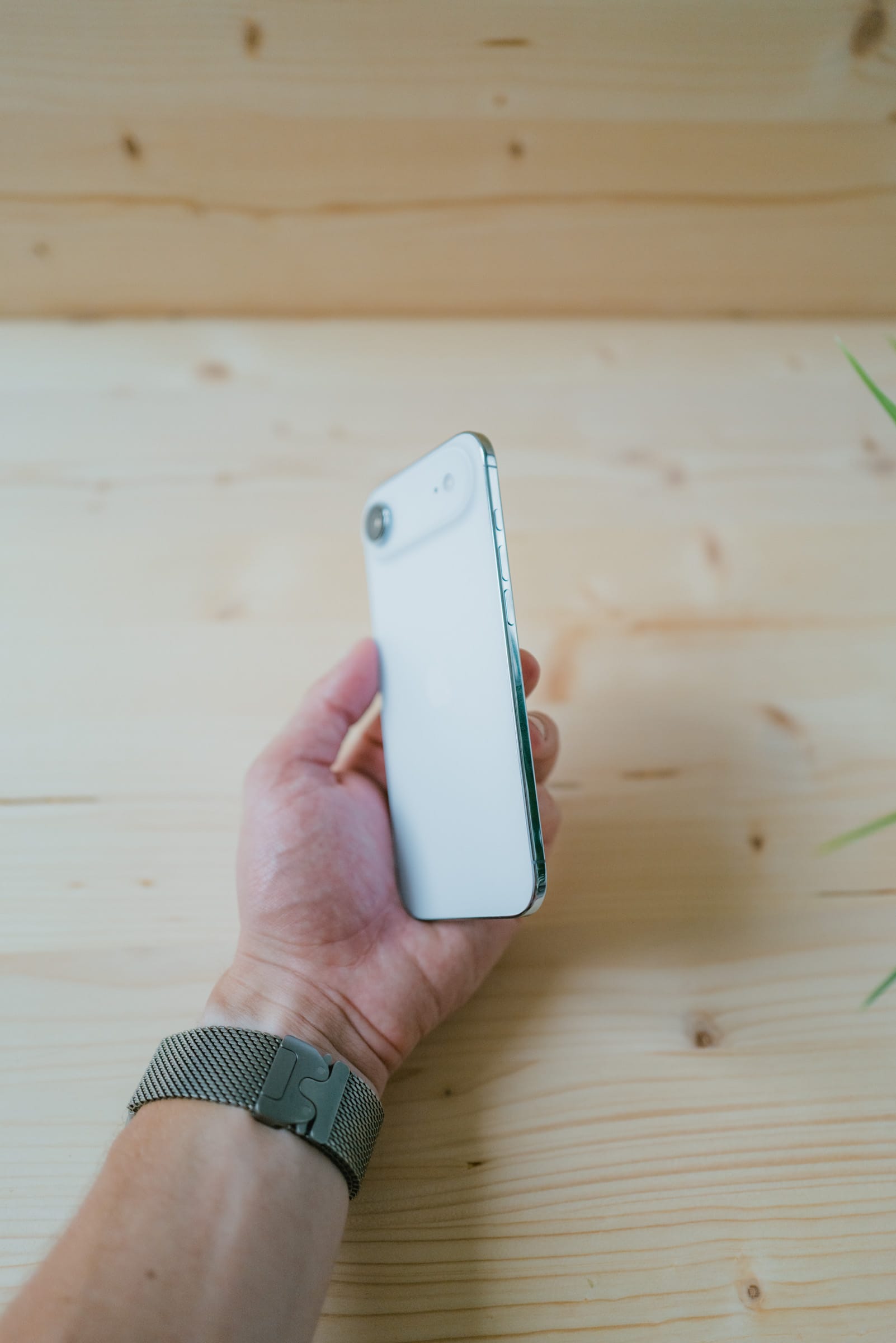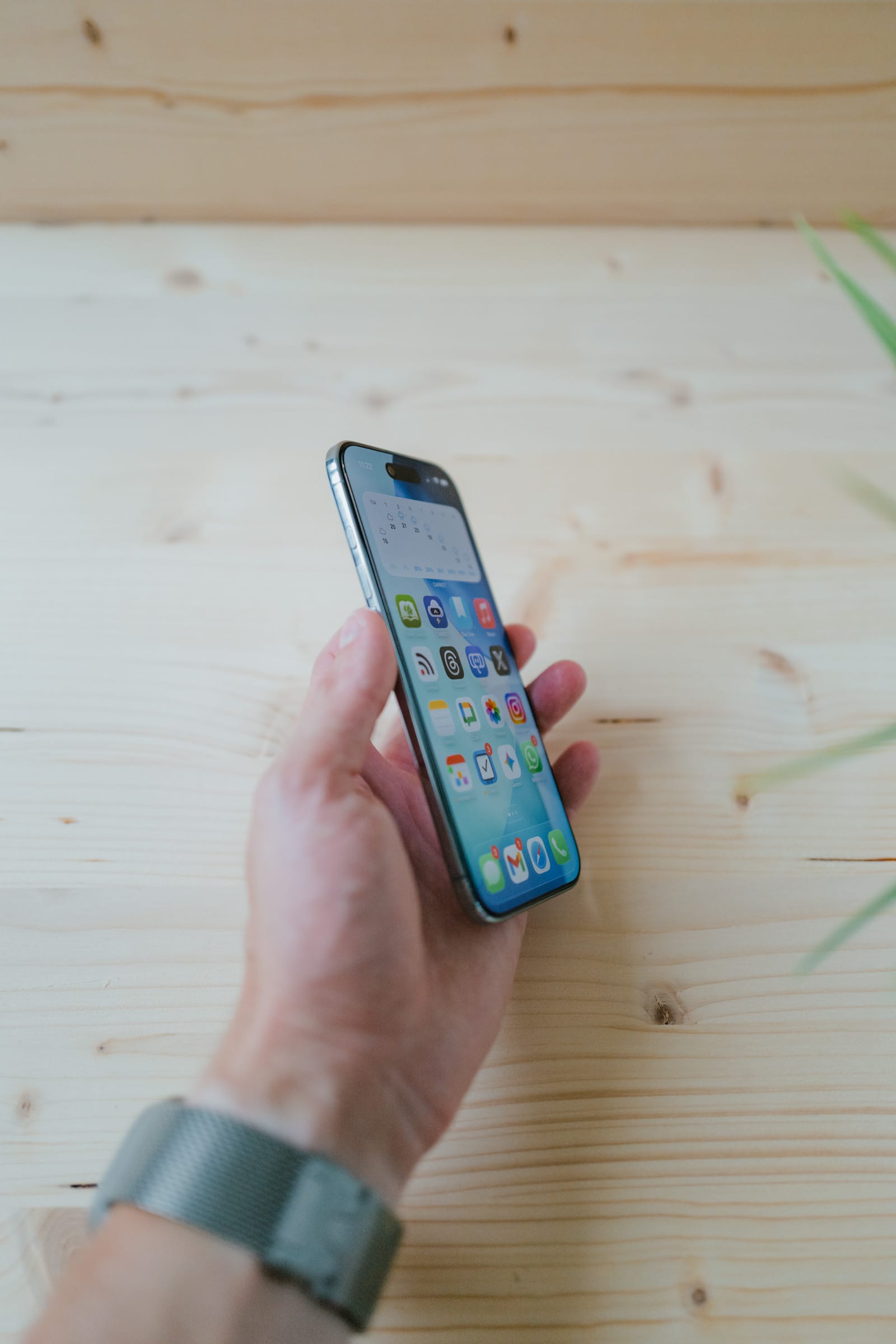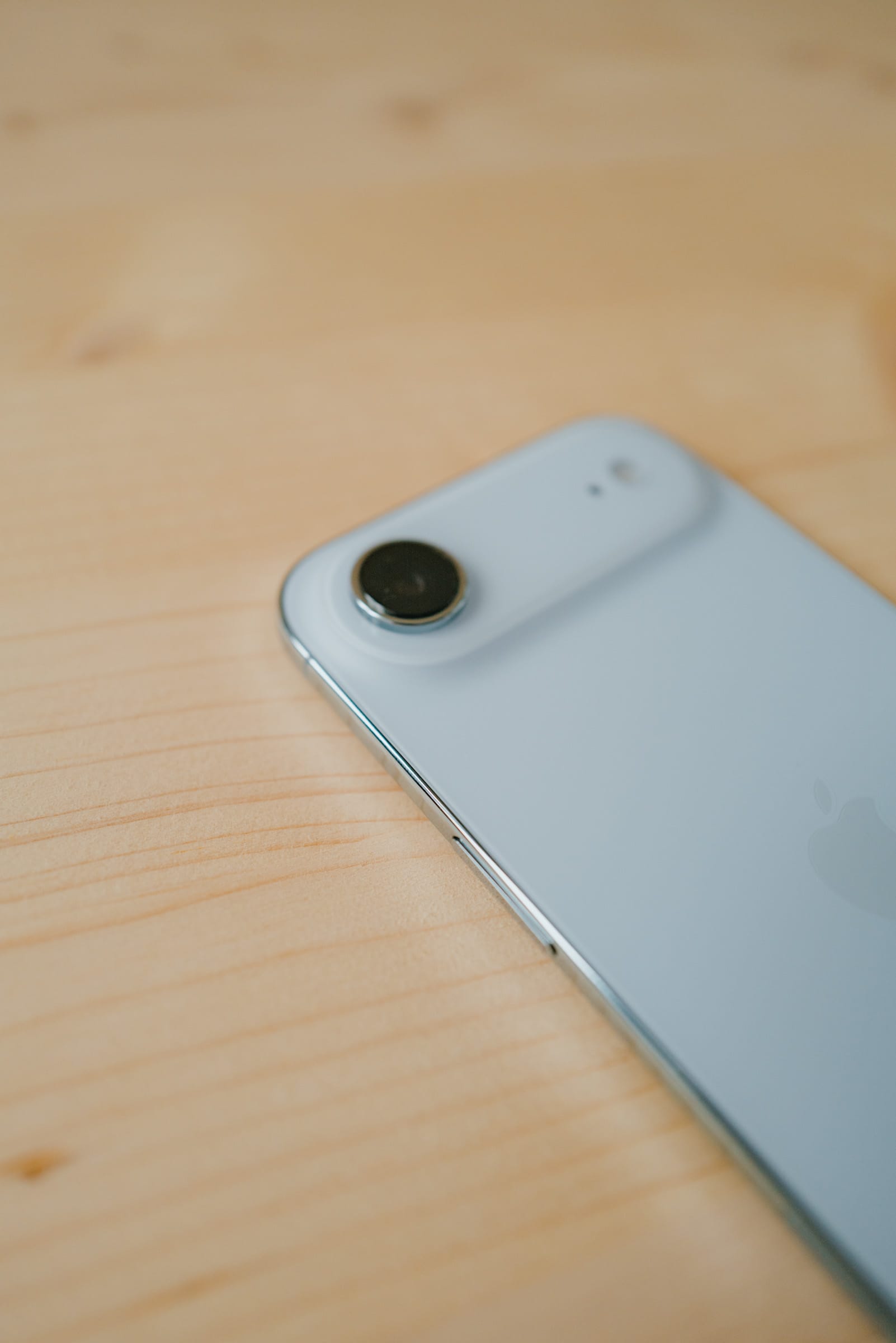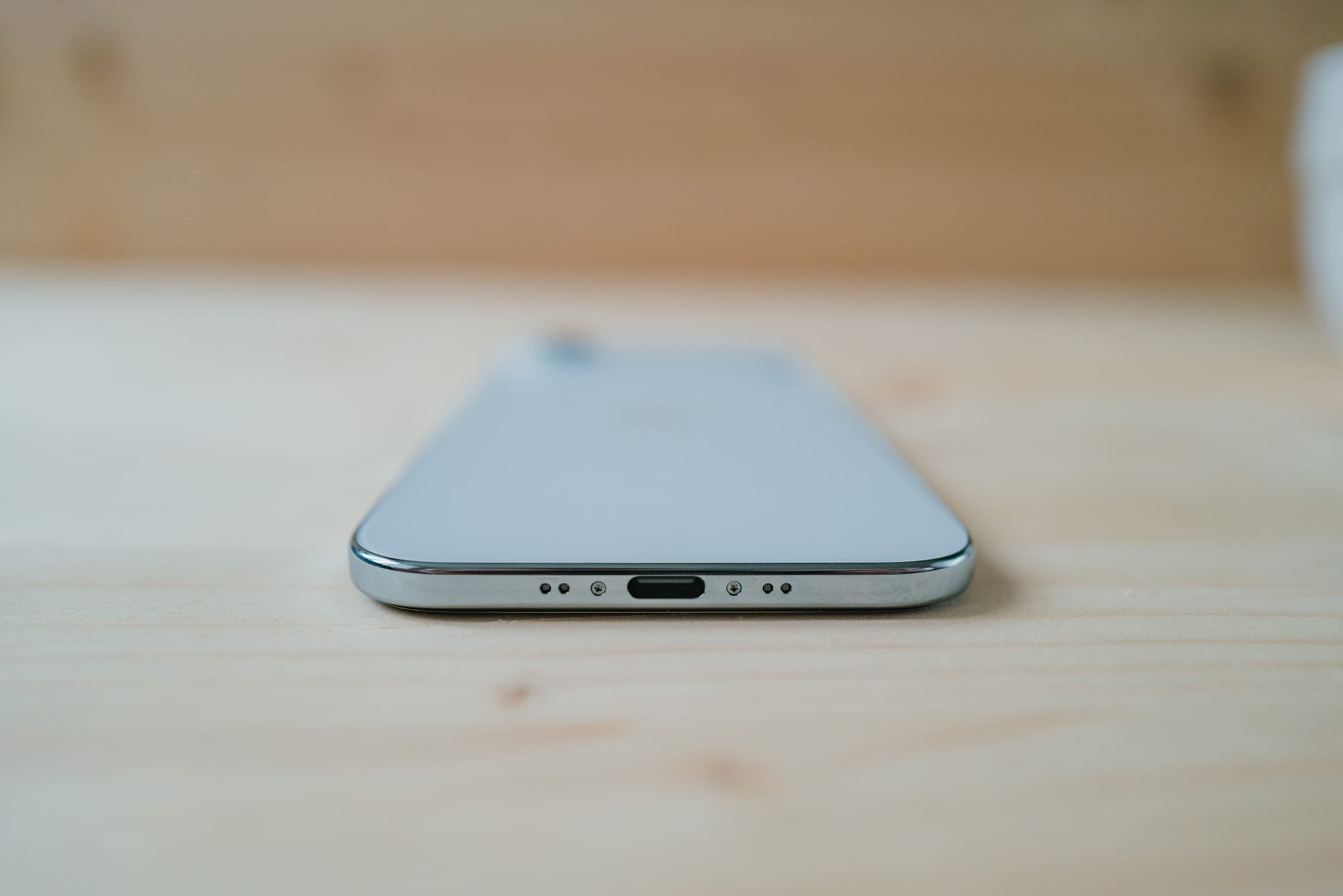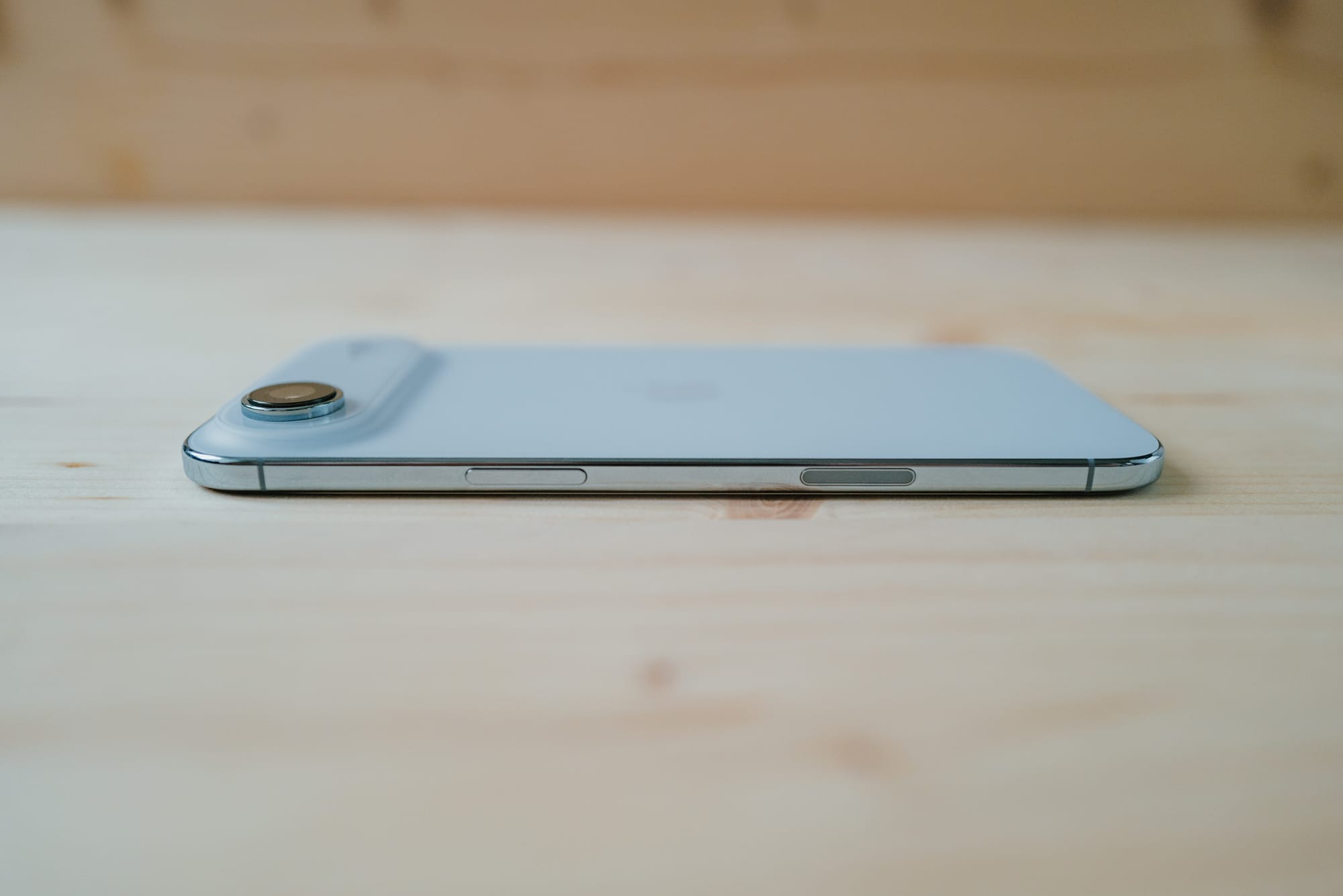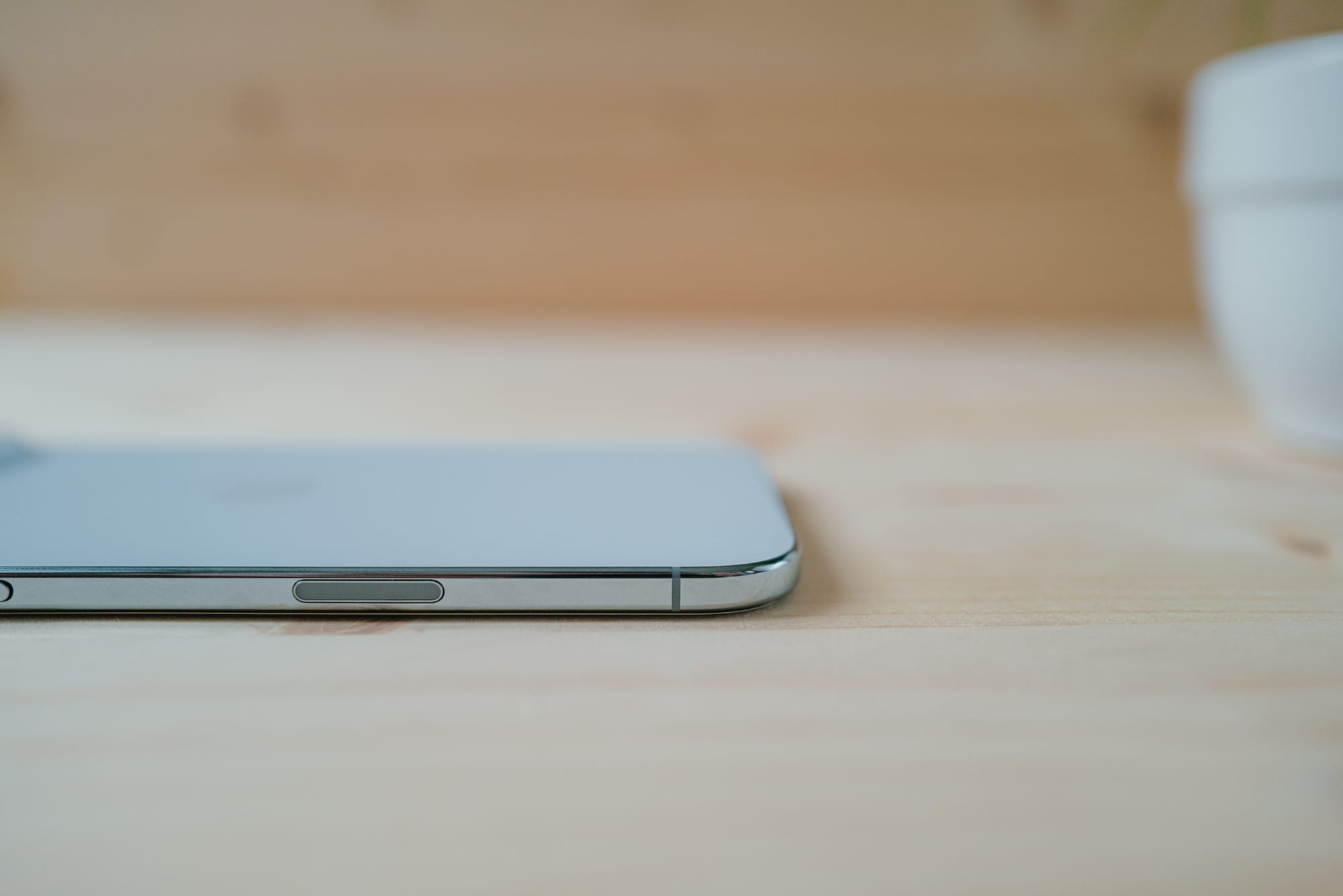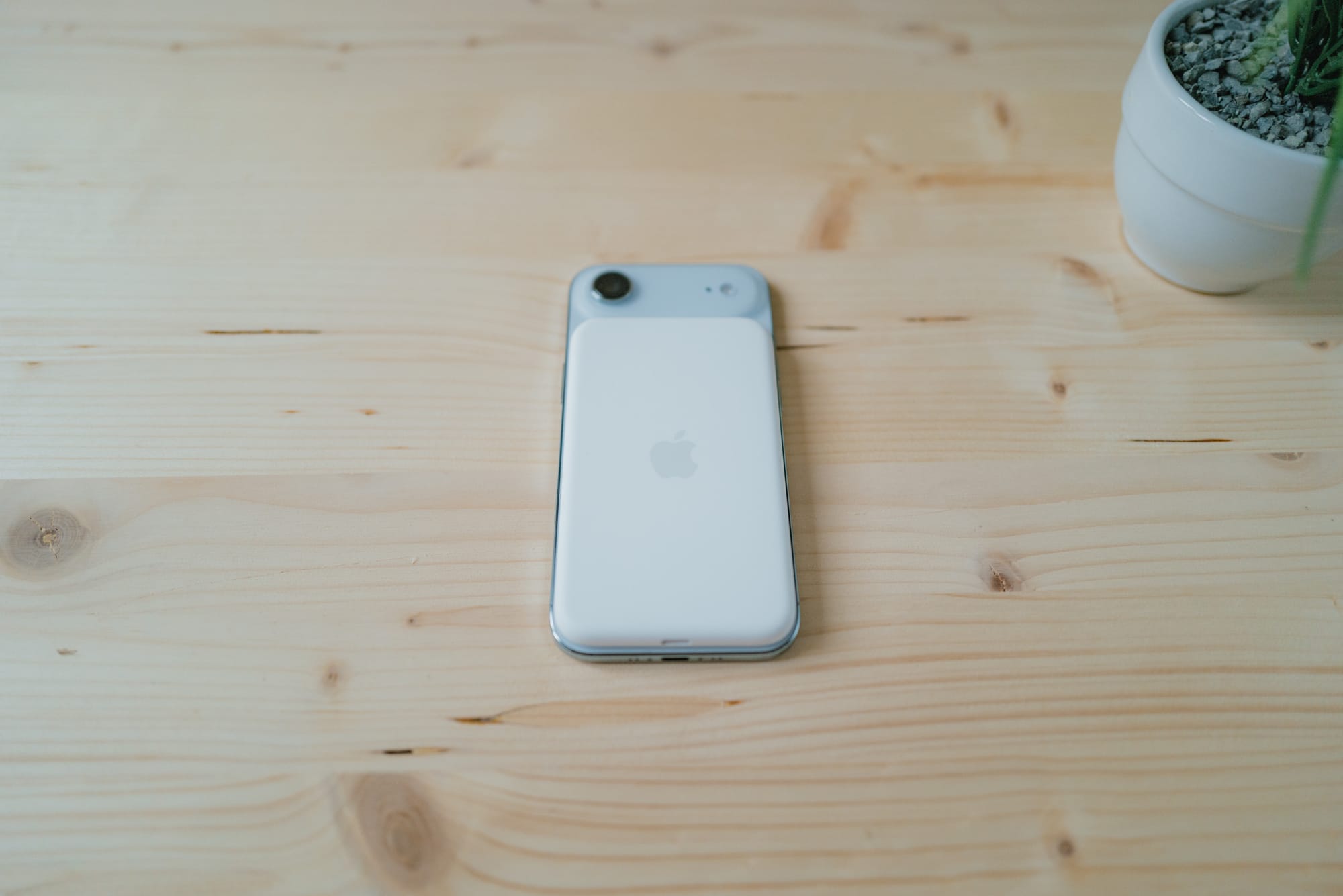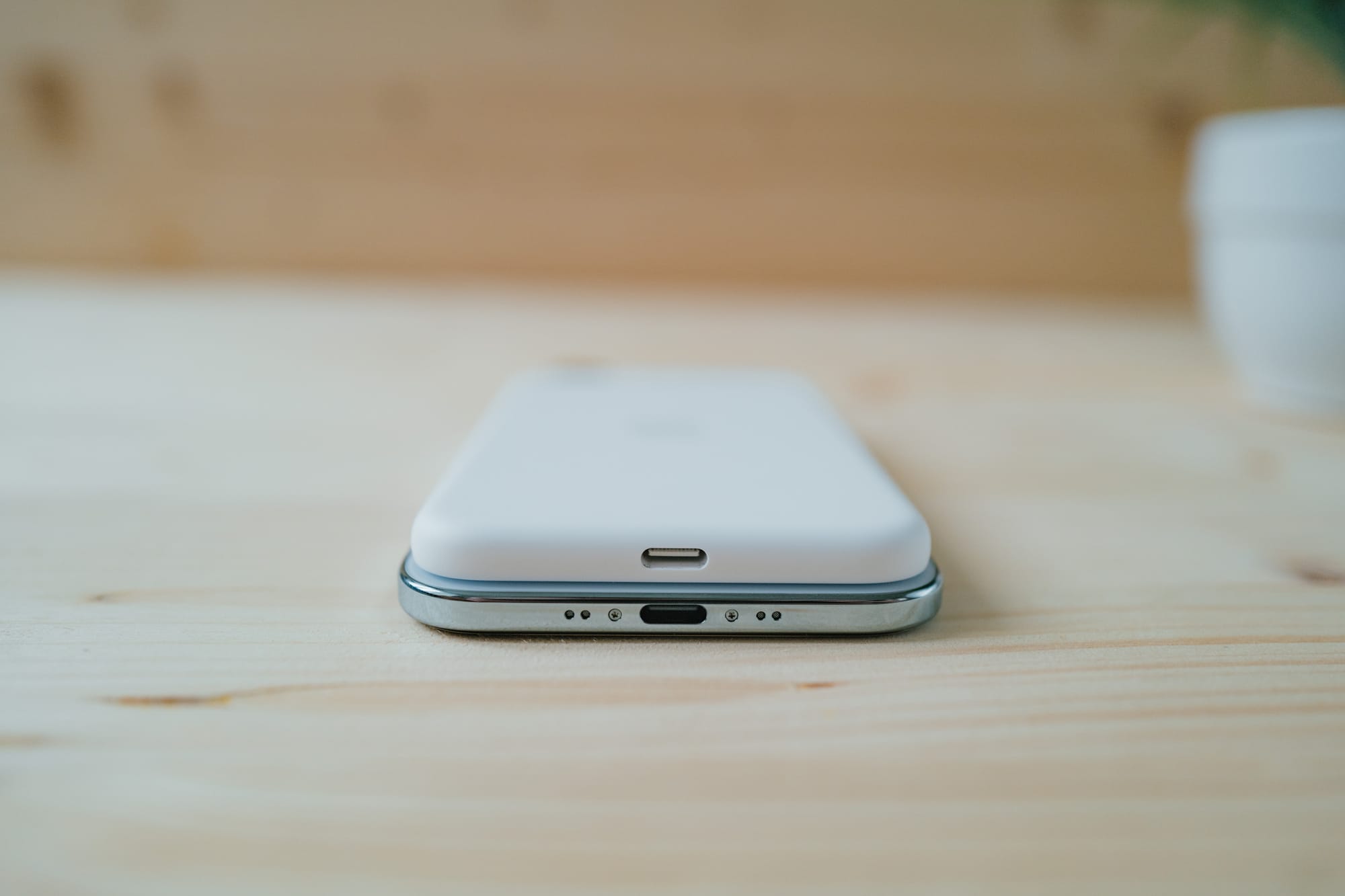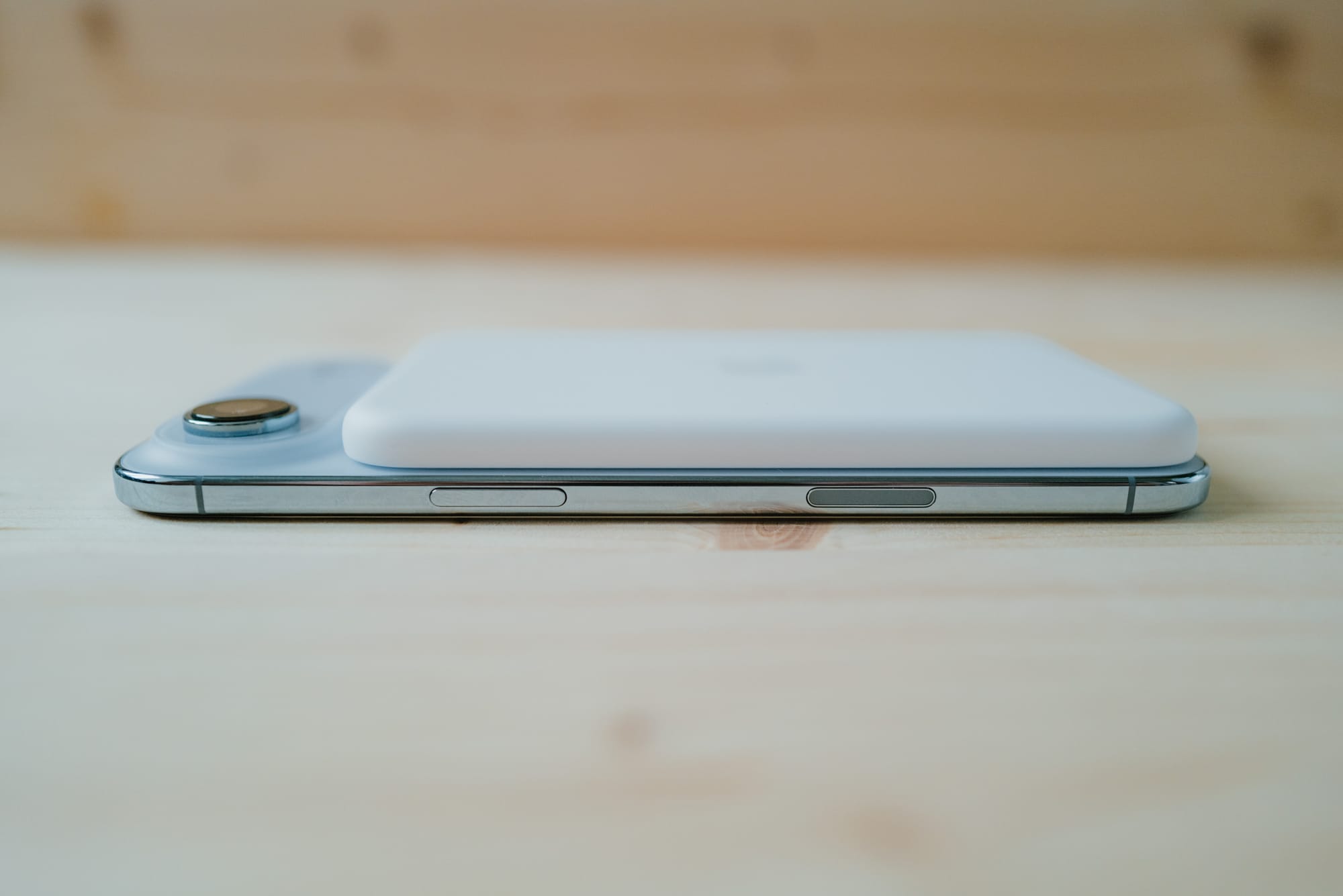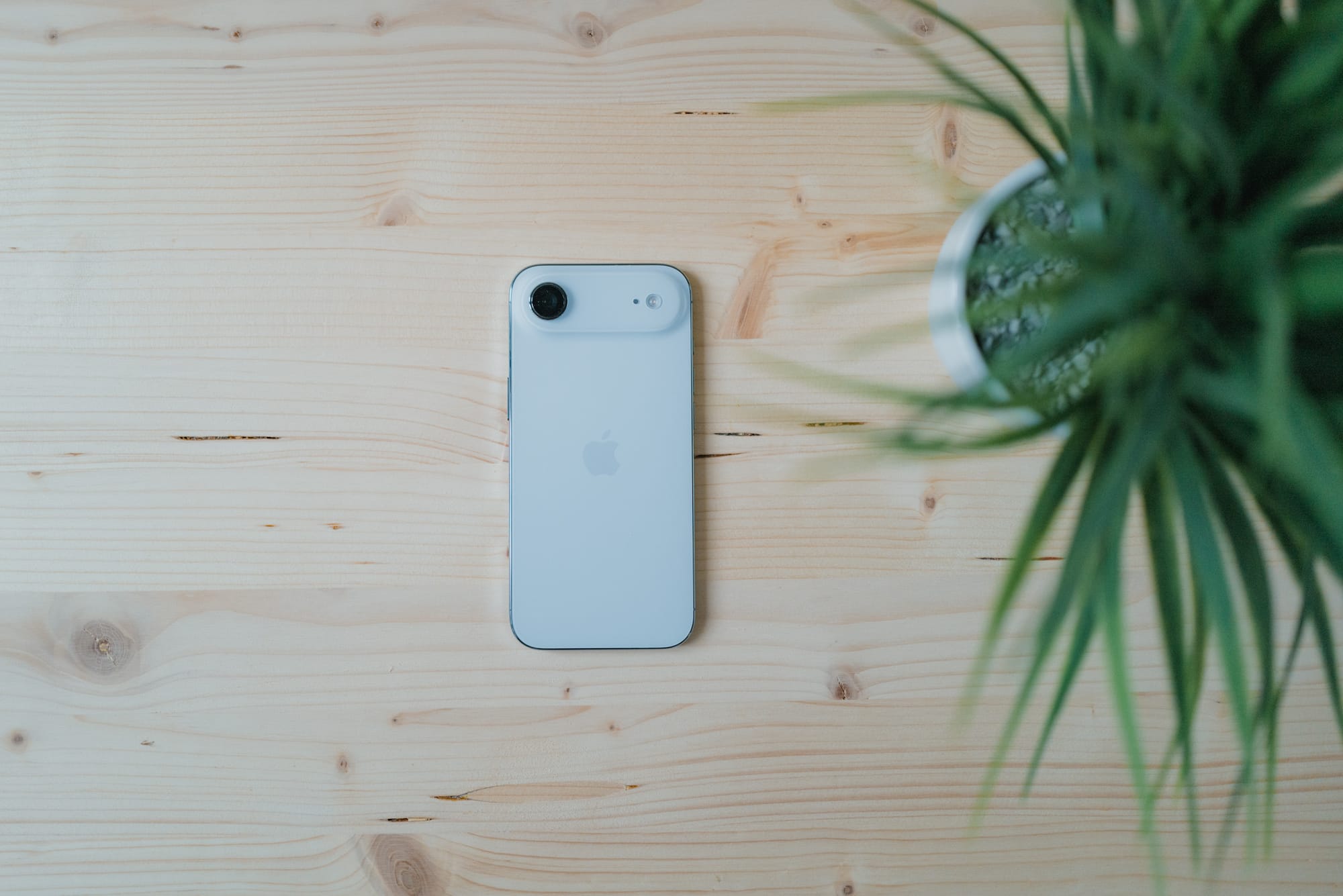Good day, my friends! I hope everyone had a great week, whether it be productive or restful. There’s a time and place for both! I’ve been very invested in this Toronto Blue Jays post-season run. The emotional rollercoaster has started to get the best of me — I’m going to try to dial it down a bit this Sunday evening.
Did you know Apple announced new iPad Pros and MacBook Pros this week? I wouldn’t blame you if you missed the news. It’s rare where I jump into a Sunday Edition on the week of a relatively major Apple announcement and almost completely forget to write about it. Which isn’t to say these updates aren’t good. They’re just evolutionary, in the smallest tier of evolution you may imagine.
On the flip side, the conversation seems to continue surrounding the new iPhone Air and whether it’ll stick for buyers for an entire year. I’m here to report, for me, that I think I like my iPhone Air more than I did after my first week of ownership. Like every other iPhone, I’ve fallen back into my regular habits — no “testing” of the camera, but rather regular snapshots and videos of my kiddos; no pushing the battery to the brink, but rather putting the iPhone on a charger in various spots throughout my daily life; no writing of lengthy emails to see how the keyboard feels, but rather simply triaging email until I get to back to my computer. As I continue to fall back into my regular habits, my appreciation of the iPhone Air increases.
I continue to miss certain things, to be sure. I really miss that ultra-wide camera. Dang, do I miss that camera. I also continue to notice the singular speaker, perhaps more than any other compromise from the iPhones Pro. It’s an impressive single speaker, but it’s still a single speaker.
In summary though, I want my tiny voice to be on record as a voice of positivity for the iPhone Air. I truly like this iPhone. It may well be my favourite iPhone of all-time. I really, really hope this turns into a foldable iPhone next year.
I have grown to despise the word “busy”. Every conversation seems to flow from, to, or around that word. How many times have you had the following conversation?:
“Hey [insert friend’s name here]! How are things?”
“Oh, good. We’re just so busy.”
I’d be willing to bet 50% of a person’s conversations start like this. It’s such a shame. “We’re so busy” kills any momentum of building out a deeper connection in the conversation.
Where do you take the conversation from here? Do you ask them if they’re too busy and wish they weren’t? Do you ask them what they are busy with? Do you ask them if they are mentally or physically healthy? Do you ask them if they wish they were more busy?
Or, worse, is the person’s answer — “I’m busy” — a way to deflect and avoid the conversation? I’ve learned that some people truly dislike connecting with others and work at all costs to avoid conversation.
I’m an overall powerless person, but if I could start any movement, it would be to outlaw the terms “I’m so busy”. We all need to come up with a better answer to the opening conversational question.
Everyone is busy. Everyone fills their plate to the brim with work, family, activities, stress, and relaxation. “Busy” is, of course, relative to a specific person — everyone can handle different amounts of “busy” in their lives. But everyone is busy to the brink.
What’s truly different about you — the person, with thoughts, feelings, stresses, anxieties — is the order of priorities you set for your life. Own your priorities! If this week, you’re in vacation mode, own it. If you have to bear down and get some work done this week, own it. That’s OK! And yes, sometimes family has to come second — there is a time to reap and a time to sow. That’s also OK.
“I’m so busy” has become an avoidance phrase at best, and at worst it’s social laziness. Let’s all work on coming up with a better answer to the common question “How’s it going?” and witness the fruits of deeper conversation and connection. Throw a “I worked late nights this week, and I’m excited to see my children this weekend” out there instead of an “I’m busy” and see what comes of it. Take the risk and own the truth.
I’ve found it to be super rewarding. People will quickly latch onto your honesty and either continue the conversation to a new, deeper level. Or they’ll find a way to relate to your answer, in which case you can help them talk about themselves (something we all love to do!).
Let’s eliminate “busy” and use a better set of words. Or, (likely) better, be less busy.
Weekly Meditation: Joel 2:28-32
A quick meditation this week, this time on Joel 2:28-32:
The LORD Will Pour Out His Spirit
“And it shall come to pass afterward,
that I will pour out my Spirit on all flesh;
your sons and your daughters shall prophesy,
your old men shall dream dreams,
and your young men shall see visions.
Even on the male and female servants
in those days I will pour out my Spirit.
Seasoned Bible-scholars and Christians will be well aware of the New Covenant and its promise of salvation from the beginning of time. But for any lukewarm believers, or individuals who perhaps grew up in church but never fully grasped the intricacies of the Bible, the New Covenant is a particularly mind-blowing concept.
The God of the universe — He who created the world out of nothing — has chosen to take up residence in his temple: You. Yes, you. Isn’t that powerful?
God promises His people that He will, one day, wash the people of their sins, prepare them to be a holy people, and to live among them. He promises this many times, hundreds, and hundreds of years before it happened. This New Covenant — a promise that God will live among His people — was prophesied down to the very day that it would happen. And it was prophesied by numerous individuals, in different times, and disconnected from one another — Isaiah, Joel, Ezekiel, Zechariah, Daniel, Jeremiah, and even Moses spoke about New Covenant concepts, which all culminated in the wonderful Messiah and the outpouring of the Holy Spirit in Acts 2. I only clued in on Joel today after today’s sermon, and it may be the most openly perfect prophecy of them all.
The Second Cup
Benjamin Zander’s Masterclasses
This quick video on 𝕏 shows what coaching is all about. And passion. So much passion.
Daft Music for Mac
What a cool looking app for the Mac and for Apple Music. The icon reminds me a lot of the old Tweetbot icon.
Drew Cobert on Threads — Photos from NYC
I’m particularly proud of my photography from New York City last autumn. But, indeed, Drew’s photos are so much better yet. I love the moods here.
Oliur tried the MX Master 4 for a week
I have an affinity for Oliur’s videos. He’s matter of fact. I love his sense of style and design. His videos are plain ol’ great.
Happy Sunday. I hope you have a wonderful week ahead.
P.S. — If you’d like to see this in your email inbox, please subscribe below. If you have trouble subscribing, shoot me an email, and I’ll get you on the list. Thanks for the consideration!
